A Walk Through the Battle of Fort Montgomery
by Chris Clemens
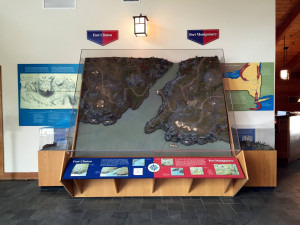
In 1775, the Continental Congress determined that fortifying the Hudson River and securing the travel route would be imperative to crippling the British efforts to secure the region. It was decided that U.S. forces would build fortifications up and down the river to prevent the British from using the route altogether. Two local guys named Christopher Tappan and James Clinton (now, two well known names in New York) scouted the highest embankments along the river and helped establish a plan for putting protection in place. One of those places today is a pretty cool National Historic site owned and operated by the State of New York where visitors can learn the history the site, which includes the tragic date of October 6, 1777.
After starting construction on a nearby fortification a bit north on the Hudson, it was determined that the project was just too costly for that spot. They redirected their resources and efforts to what we now know as Fort Montgomery sometime in March of 1776. Perched one hundred feet above the west bank of the majestic Hudson River sat six 32-pound cannons, various ramparts and even a chain across the river that could be sunk or raised to allow boats to pass or be halted. Additionally, Fort Clinton was constructed on the opposite side of the river, effectively giving American forces full control of that section of the Hudson. The river stronghold lay under the command of General James Clinton and his brother General George Clinton, the latter also being the first Governor of the state after taking office a year after the forts on Hudson were constructed.
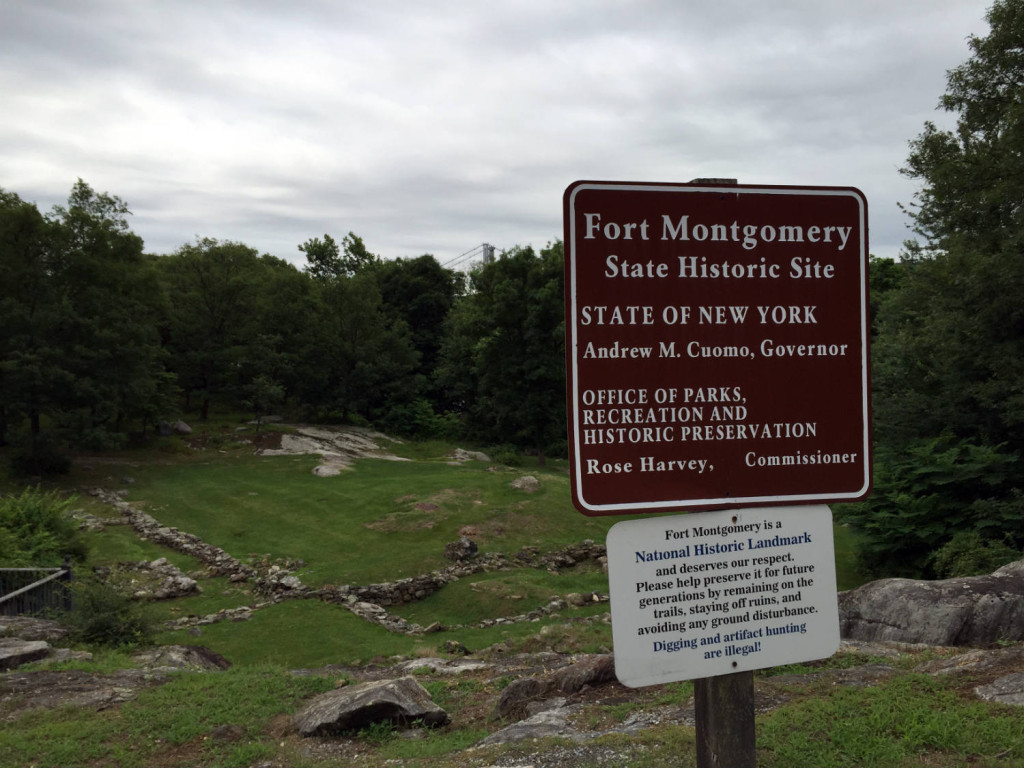

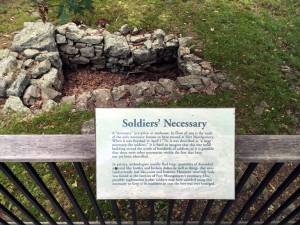
The Forts Montgomery and Clinton would be put to the test on October 6, 1777 when British allied forces descended on the region. Oddly enough, the opposing forces were also led by an unrelated Clinton, and even today the Battle of Fort Montgomery is often referred to as the “Battle of the Clintons”. Lieutenant General Sir Henry Clinton used a series of tactics that drew many of the men stationed at the forts to be called away to what they believed was a nearby battle. Leading about 2,000 troops and outnumbering American forces 3:1, Henry Clinton easily seized the forts and killed about half of the defending Patriots. The battle would prove to strengthen the British efforts of attempting to control the region.
Today visitors can walk through the maintained ruins of the 14 acre fort and visit a pretty cool museum with war-related artifacts. Plaques installed along the walking path provide an interesting insight into what the hilltop looked like before the battle. As I freely walked the path alone early on a cool Saturday morning with my coffee, I tried to imagine what the scene was that October 6 where almost 300 men lay scattered across the lawn with another 300 defending themselves against bayonets. The view of the Hudson River is absolutely beautiful, but the stark contrast of the events of that fatal morning were tough to shake.
If you’re in the region and exploring, I strongly recommend stopping by Fort Montgomery for a quick walk around the site and to remember the men who fought to ensure that our freedom from Britain would continue. We may have lost the ‘Battle of the Clintons’ but we surely won the war.
-
Sources and Additional Reading
NYS Parks: Fort Montgomery State Historic Site
Wikipedia: Fort Montgomery (Hudson River)
Wikipedia: Battle of Forts Clinton and Montgomery

Chris Clemens is the Founder/Publisher of Exploring Upstate. From his hometown in Rochester, he spends as much time as possible connecting with the history, culture, and places that make Upstate New York a land of discovery. Follow him on Twitter at @cpclemens

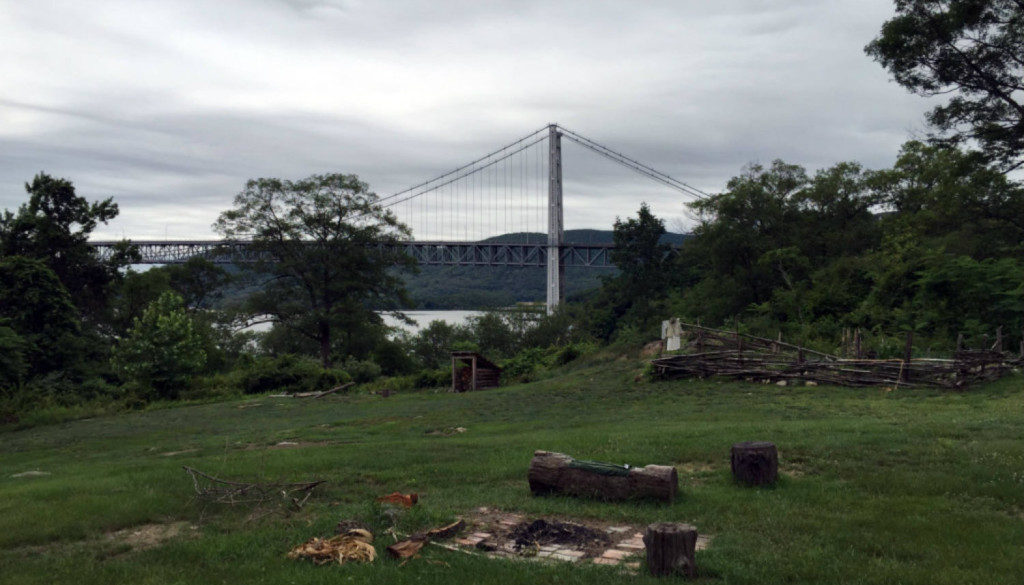
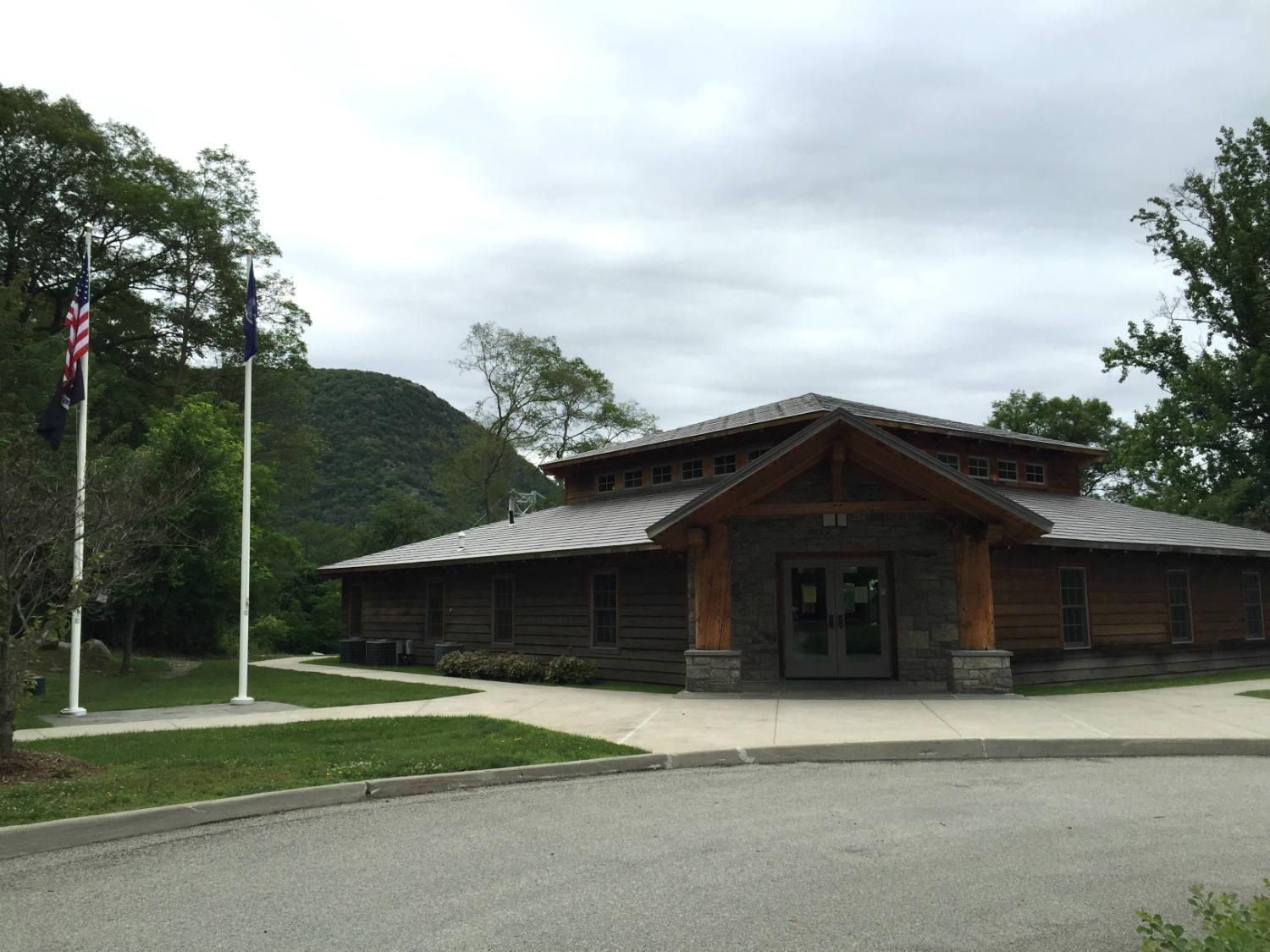
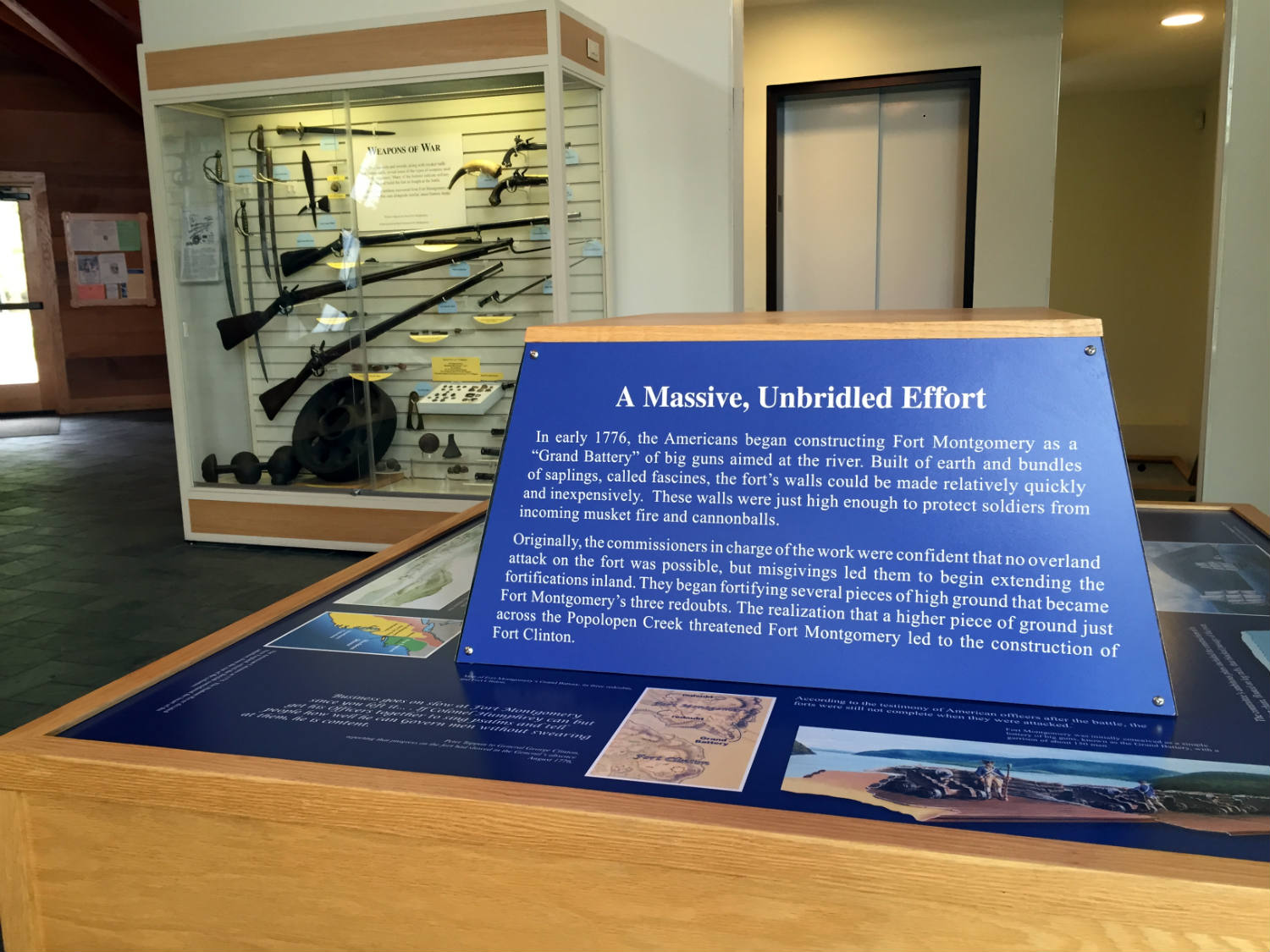

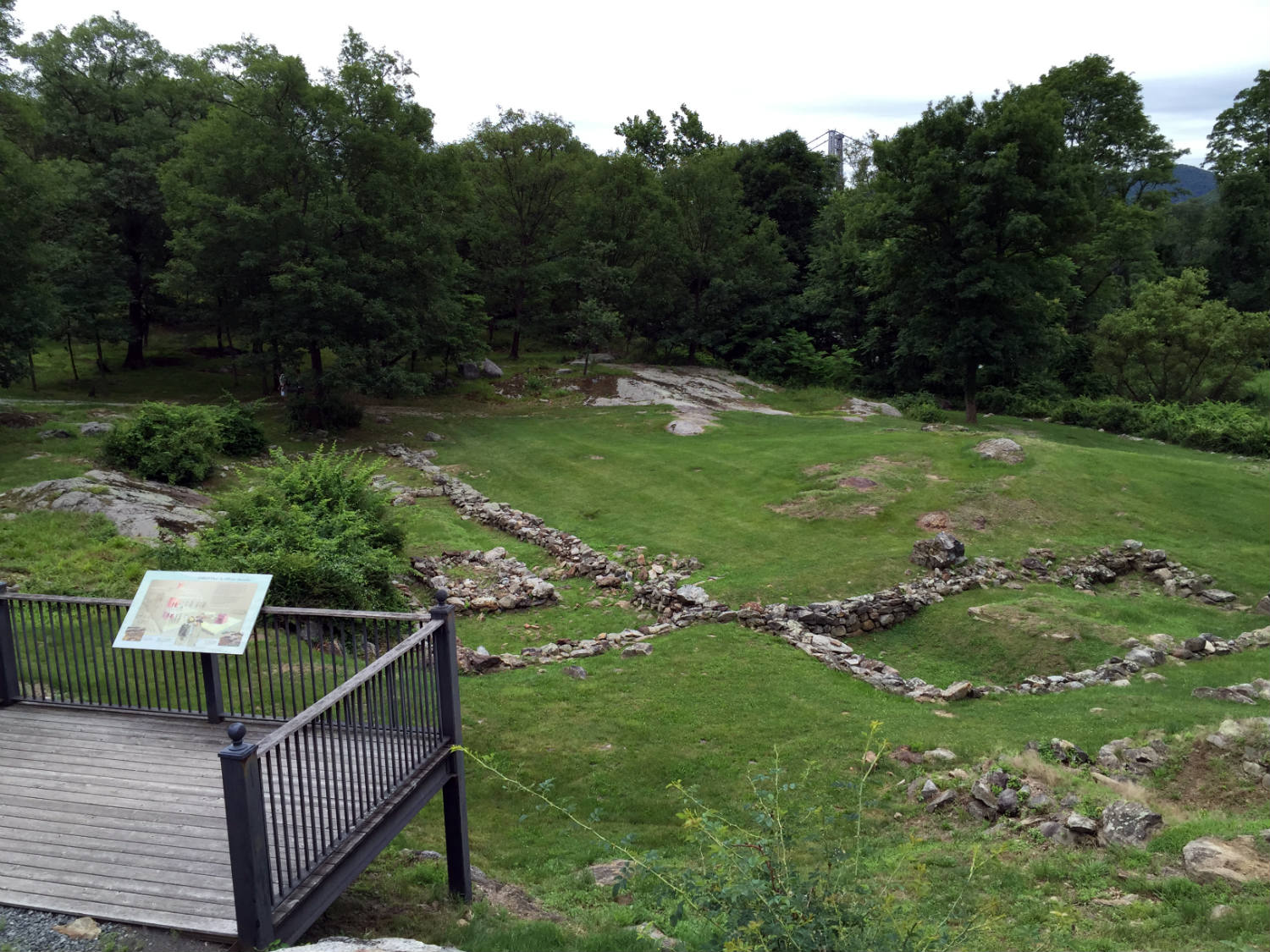
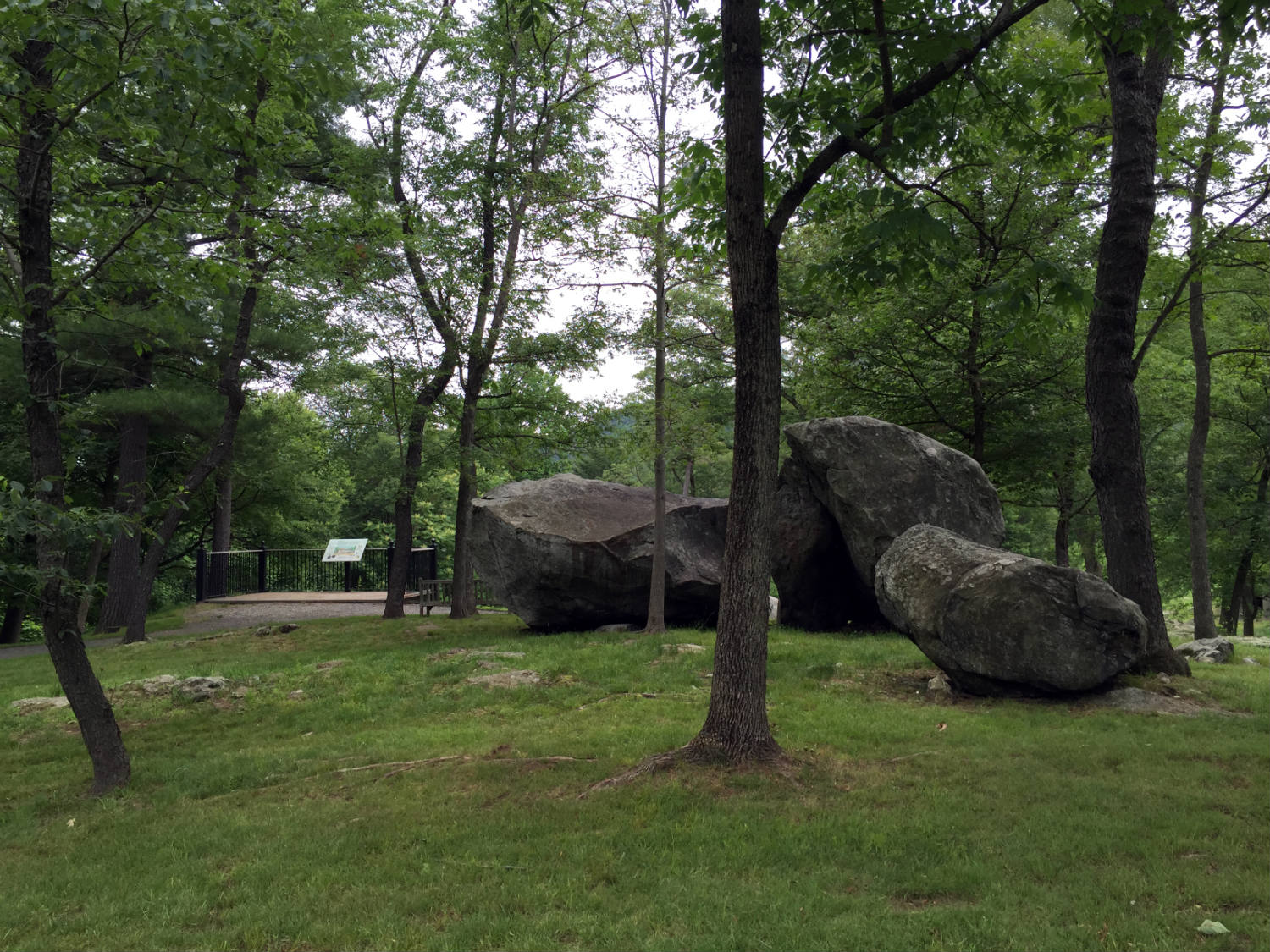
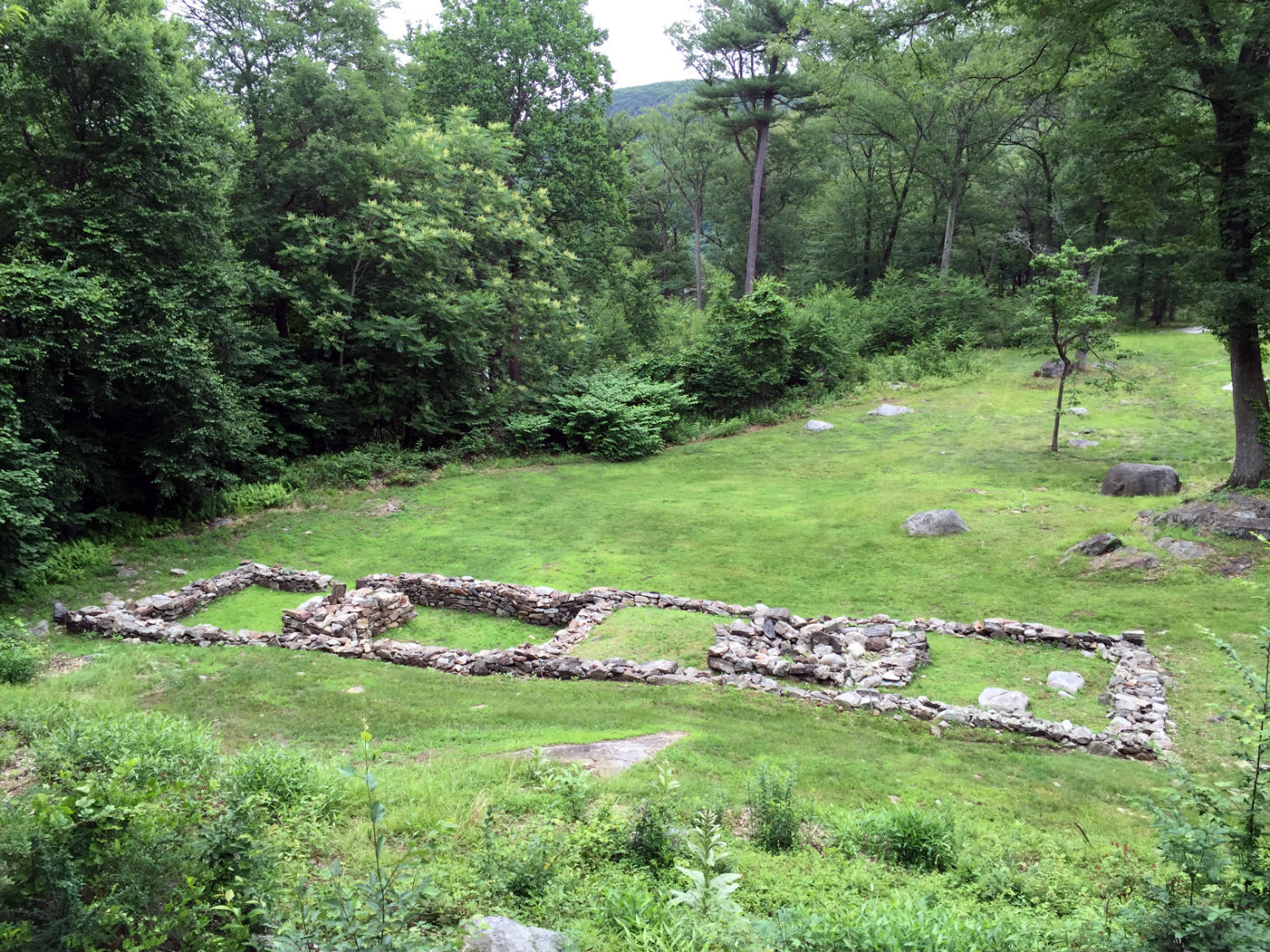
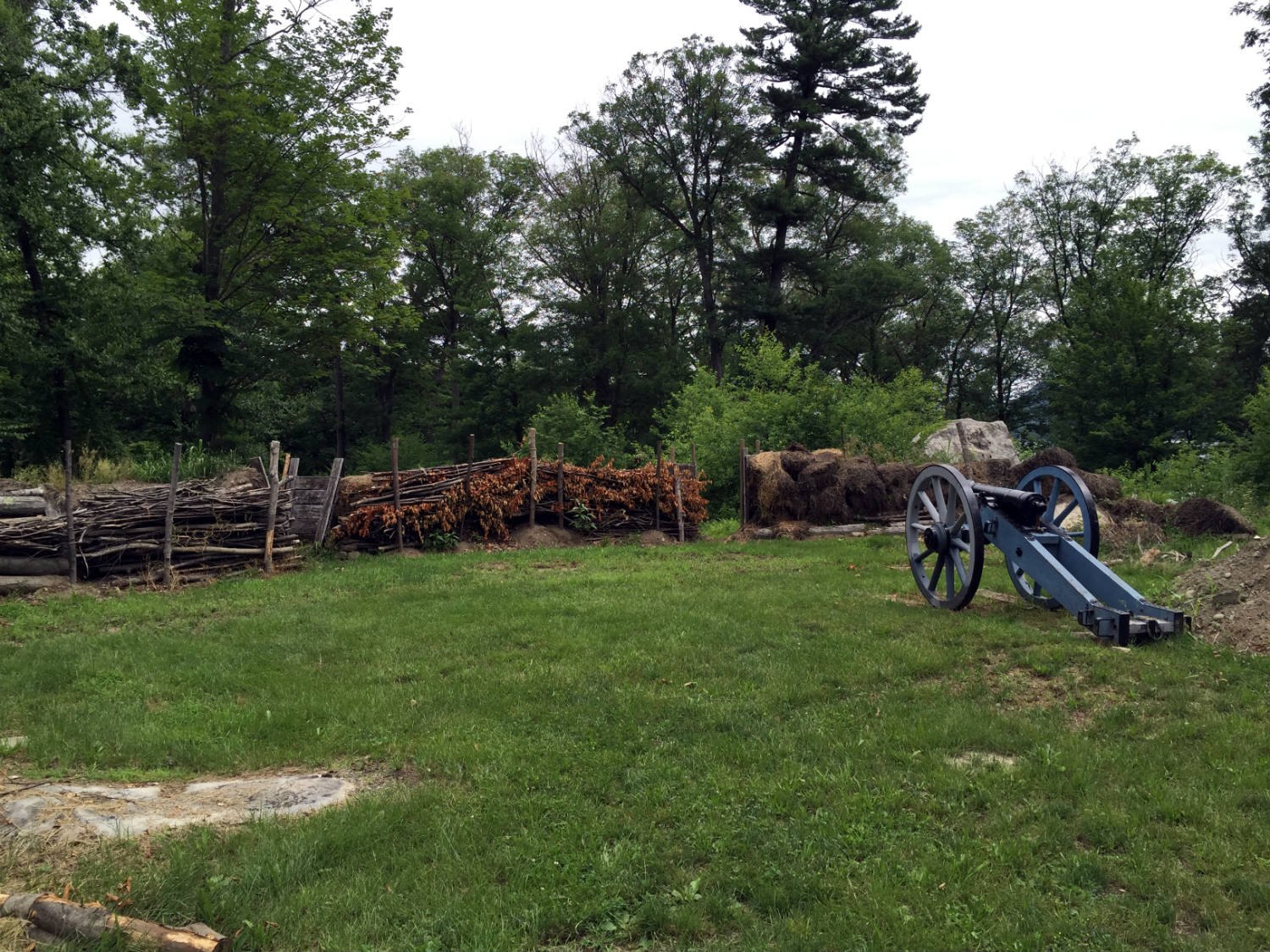
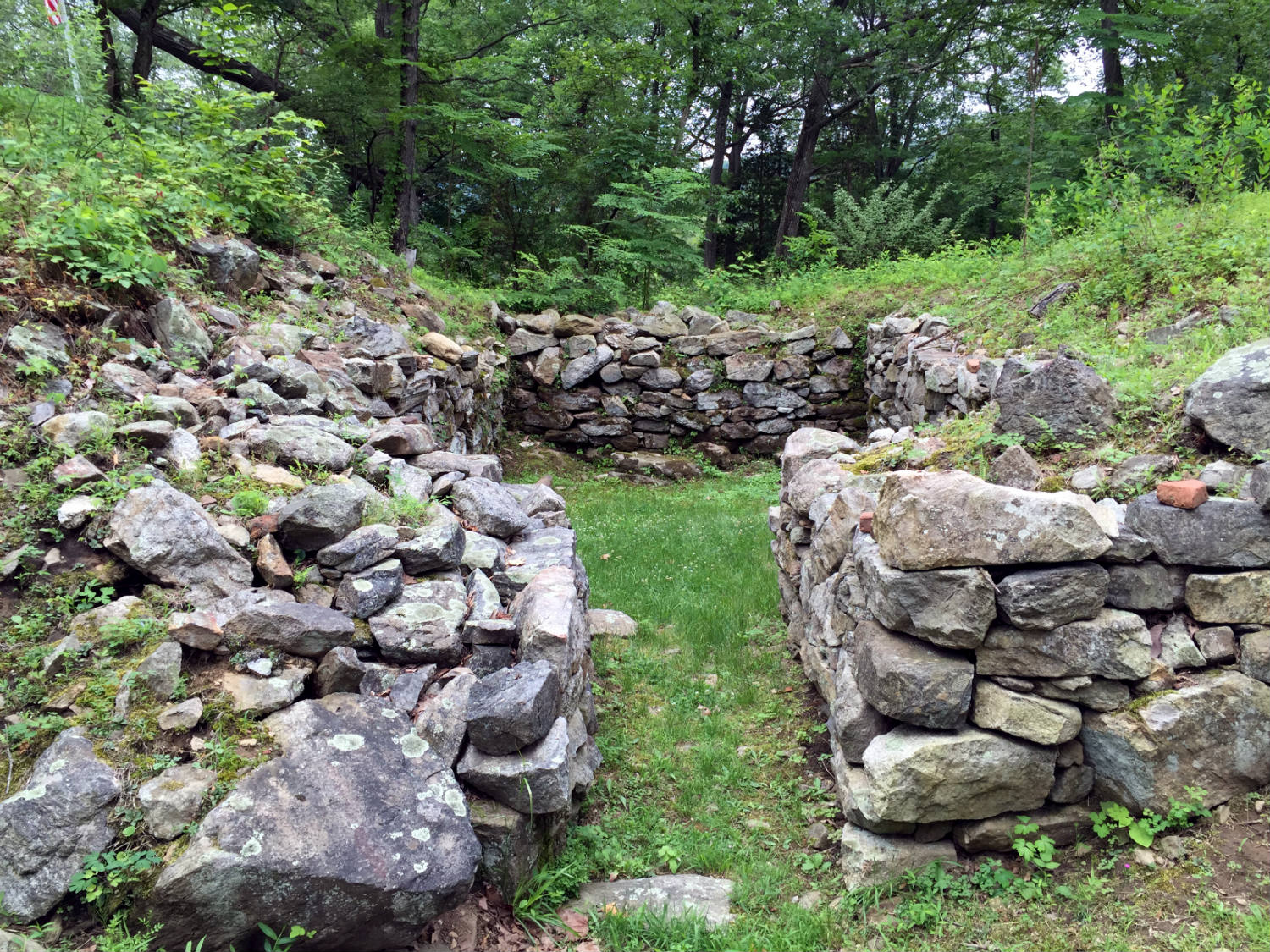
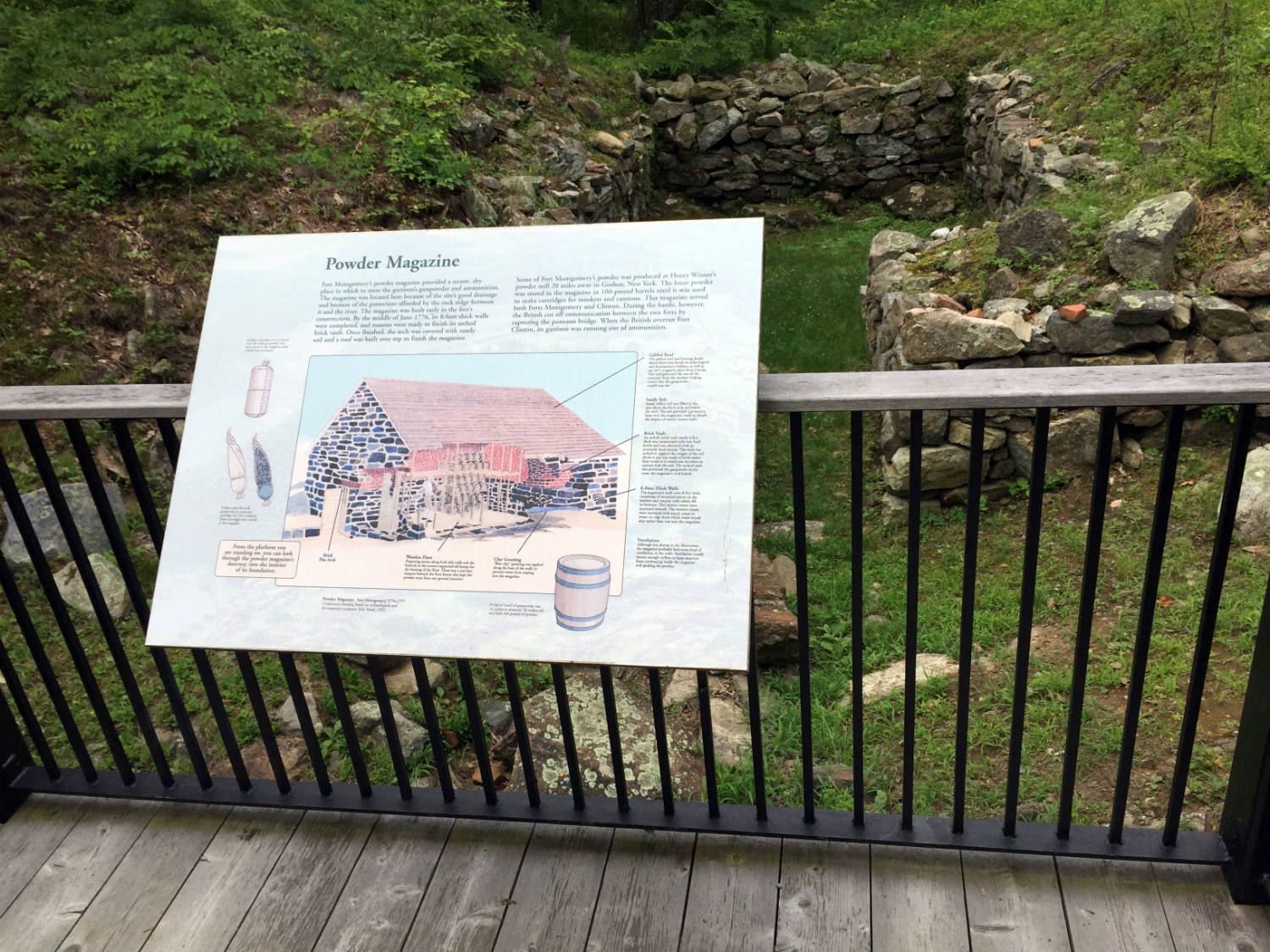
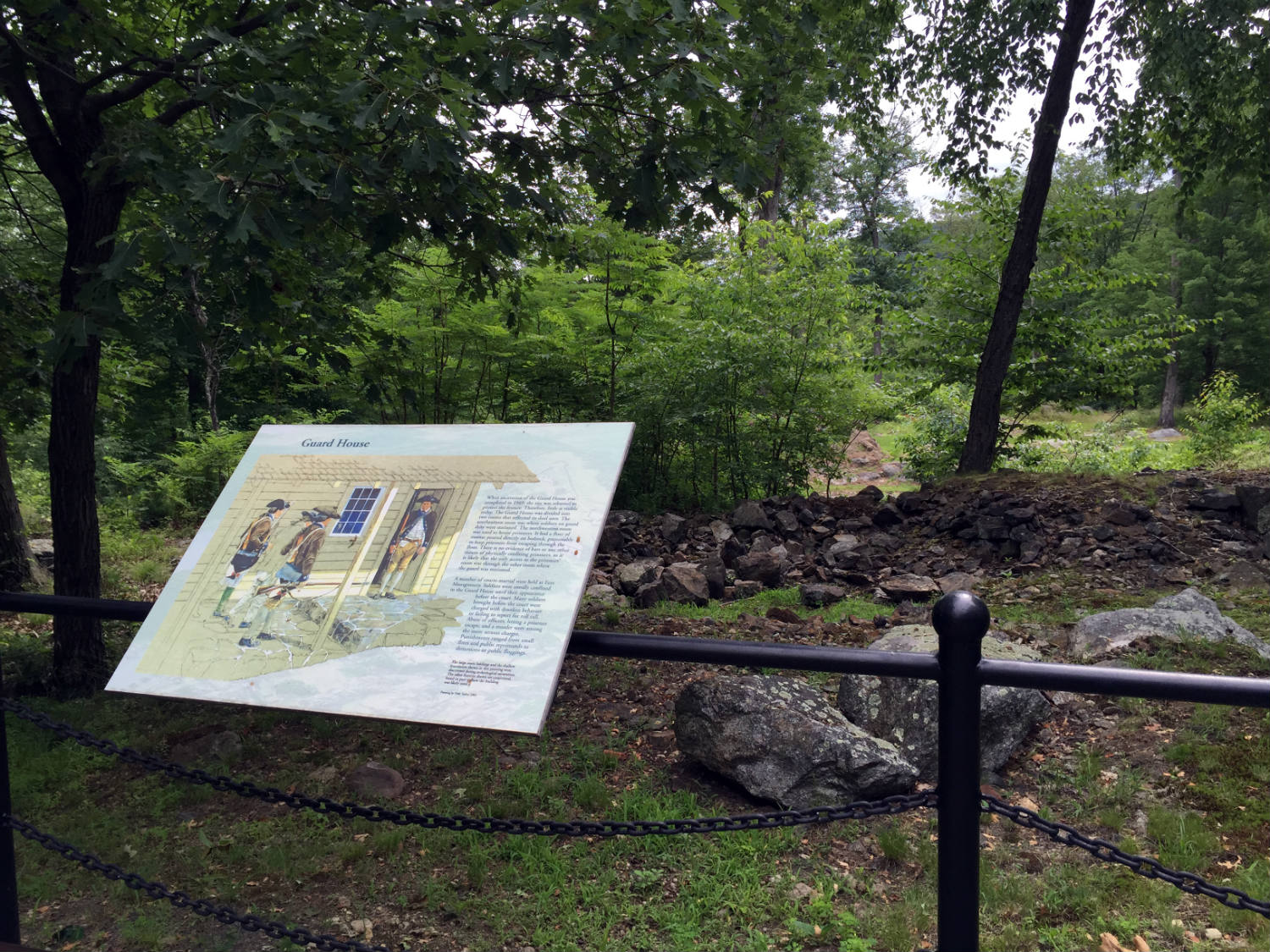

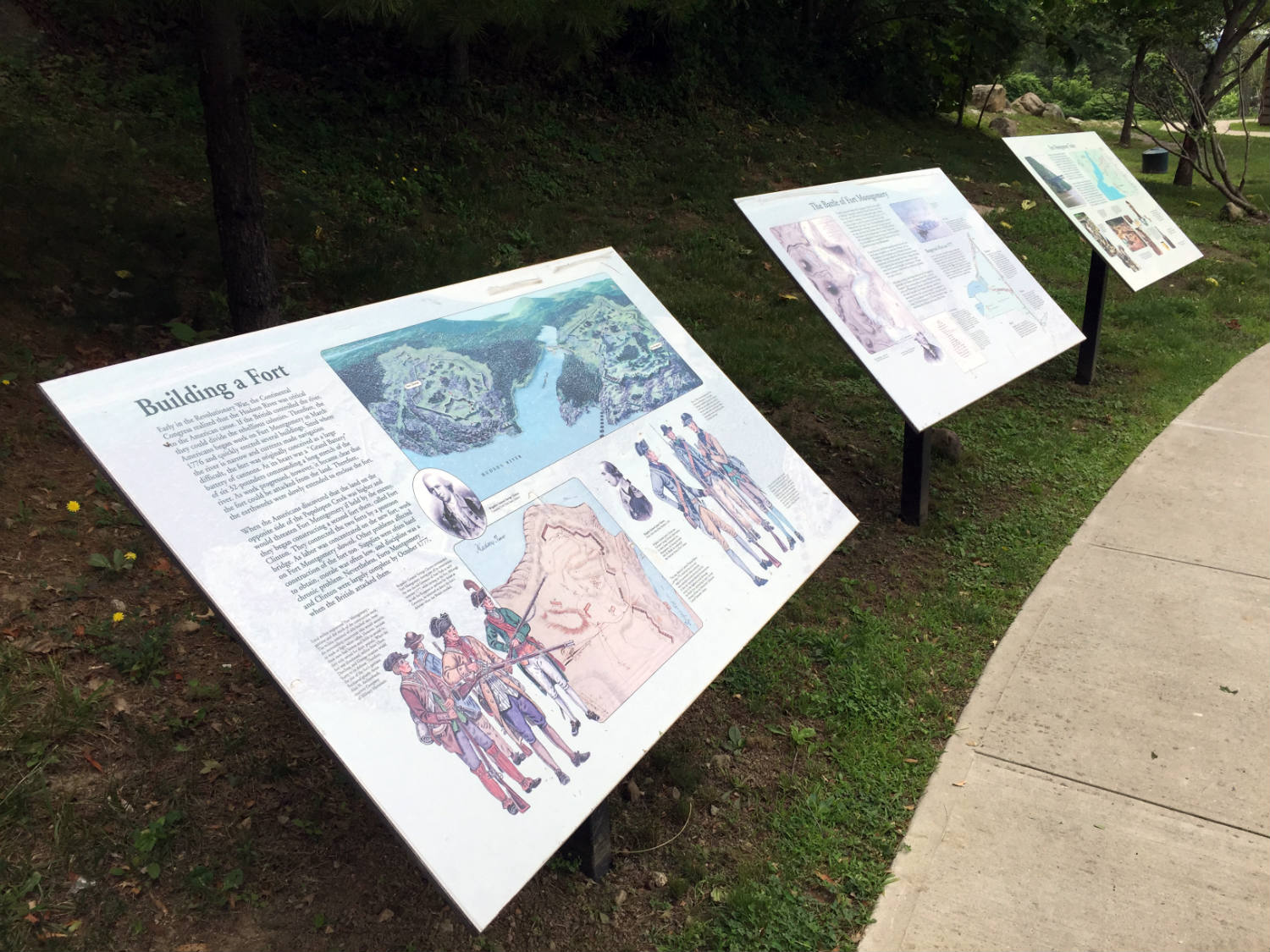

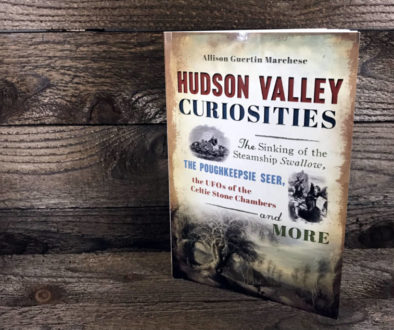
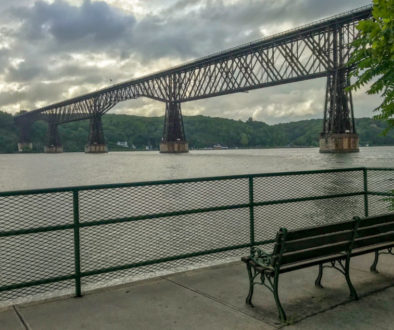
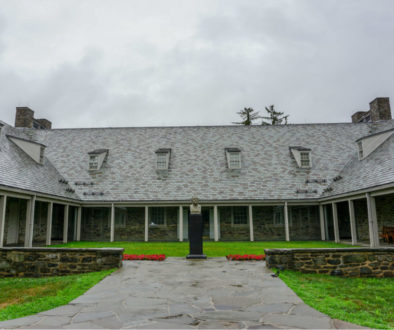
January 28, 2018 @ 9:23 am
Is there a list of the names of the soldiers who died at Fort Montgomery on 6 Oct 1777?
January 28, 2018 @ 9:31 am
Hi Agnes,
If a complete list does exist online, I’ve never found it. You may do well to contact the park directly and see if they can recommend a local history resource. Best of luck on this!
July 28, 2021 @ 9:03 am
My husband’s ancestor, Col. William Allison, fought and was captured by the British at Ft. Montgomery. Col. Allison’s 18 year old son, Micah, was killed Oct 6, 1777 at Ft. Montgomery.
The first time we visited Ft. Montgomery there was just the Historical Site sign before the bridge. We walked out into the woods, which were fairly thick at the time, and stumbled across an area that had been slightly dug out and where we could see a small part of what had been a stone wall.
We were thrilled when visiting the site, some years later, to see that the area had been cleared and was now a park with plaques along a walking path to explain the site.